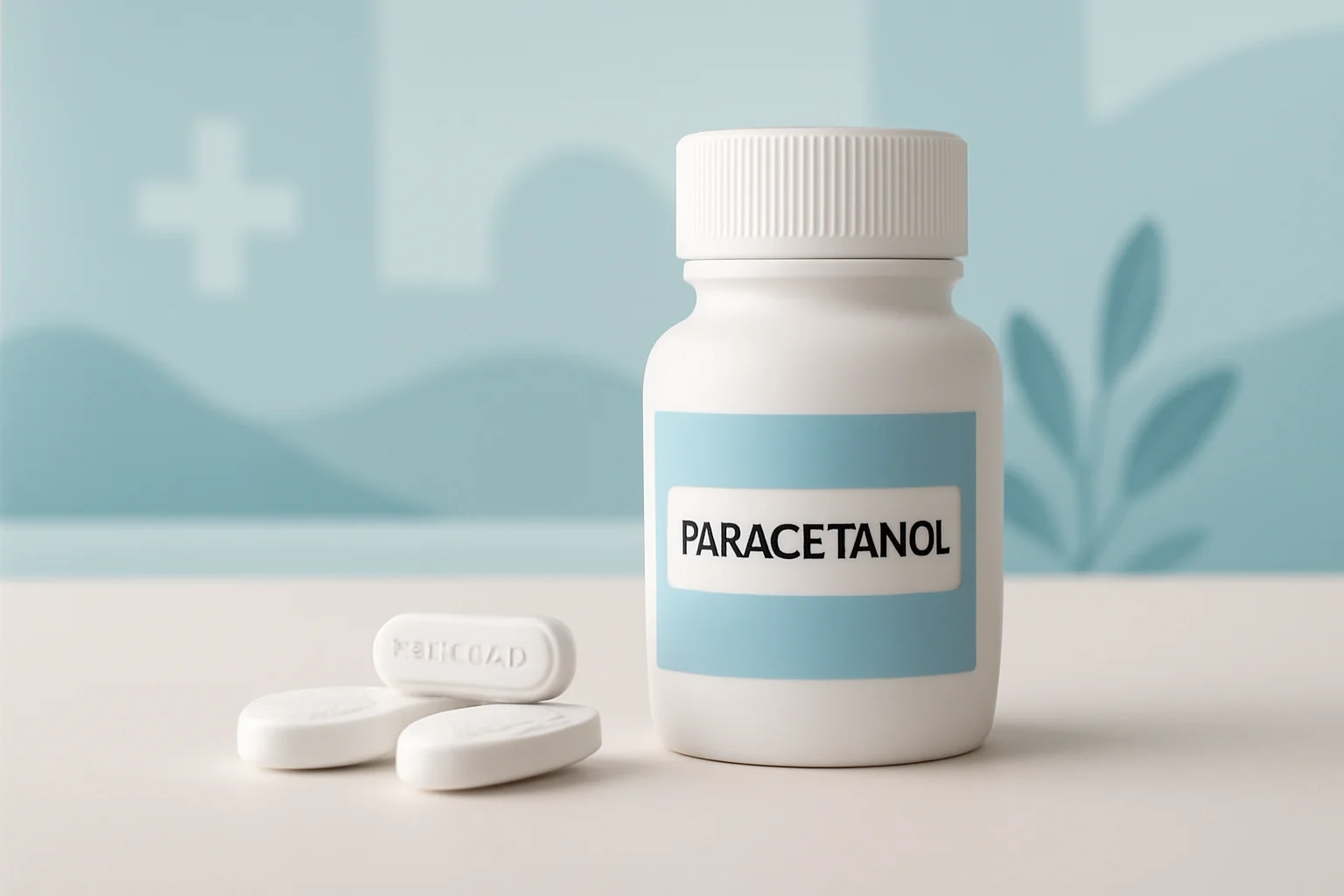
Panadol and Paracetamol: What is the Difference and When Do We Use It?
In the world of pain relievers and fever reducers, the popularity of paracetamol and Panadol has remained steadfast for years. These medications are commonly used solutions in everyday life that help alleviate various pains and fevers. Paracetamol is an active ingredient found in numerous formulations, and while many recognize the Panadol brand name, it is important to clarify the differences between the two.
Paracetamol is an active ingredient used to reduce pain and fever, available in various forms (tablets, syrups, suppositories). Panadol, on the other hand, is a specific branded formulation that contains paracetamol. People often use Panadol because it offers a simple and quick solution for treating pain and fever. Thus, the two terms are closely intertwined; however, it is crucial to understand that Panadol is a branded product, while paracetamol is the name of the active ingredient.
These medications operate through different mechanisms, which are worth examining closely, as proper use can help avoid side effects and overdose. Eligibility in the realm of pain relievers and caution are key factors, especially for children and those suffering from chronic illnesses.
What is paracetamol and how does it work?
Paracetamol, also known as acetaminophen, is a widely used pain and fever reducer that belongs to the group of non-steroidal anti-inflammatory drugs (NSAIDs). Its mechanism of action can be explained by its effect on the central nervous system, which reduces the perception of pain and fever. In the medical community, paracetamol is typically used to treat common colds, influenza, headaches, muscle pain, and other painful conditions.
Paracetamol is considered safe when used according to the recommended dosage. For adults, the maximum daily dose is generally 4 grams, while for children, it should be determined based on body weight. Paracetamol may be the best alternative in cases where anti-inflammatory drugs, such as ibuprofen, cannot be used, such as in cases of stomach problems or asthma.
However, it is important to know that paracetamol can also cause side effects, especially in cases of overdose, which can lead to liver damage. Prolonged use of paracetamol should be done under medical supervision, particularly for those with liver disease who need to be especially cautious. Due to its effectiveness and safety, many doctors and experts recommend it as the first choice for treating pain and fever.
Panadol – one of the most well-known forms of paracetamol
Panadol is a popular branded medication that contains paracetamol and is widely used as a pain reliever. Panadol is available in various forms, such as tablets, syrup, or suppositories, making it easy to use for different age groups. Panadol is specifically designed for the rapid relief of fever and pain.
The mechanism of action of Panadol is similar to that of pure paracetamol; however, manufacturers offer various formulations that promise optimized effectiveness and faster absorption. For example, Panadol Extra contains caffeine, which enhances the pain-relieving effect, while the Panadol Night formulation can help promote sleep in some cases.
The manufacturers of Panadol emphasize the safety of the product; however, users should pay attention to the recommended dosage, as Panadol may also contain other active ingredients that could lead to contraindications. It is advisable to consult a doctor before taking Panadol, especially if the user is taking other medications or suffers from a chronic illness.
One of the greatest advantages of Panadol is that it is widely available and can be easily purchased at most pharmacies. People often prefer branded products because they trust the quality and effectiveness represented by the brand. Additionally, advertisements for Panadol highlight the product’s rapid effect, which can be appealing to those struggling with pain.
Paracetamol vs. Panadol – What is the difference?
The fundamental difference between paracetamol and Panadol lies in the active ingredient and their brand names. Paracetamol is the name of the active ingredient, while Panadol is a specific brand that contains paracetamol. Paracetamol is widely used and found in numerous products, including various pain relievers, fever reducers, and combination medications that contain other active ingredients. However, Panadol is a specific product that identifies paracetamol as the active ingredient alongside its brand name, and manufacturers offer various formulations to meet users’ needs.
Panadol-branded products often advertise rapid effects and reliability, while generic versions of paracetamol may generally be cheaper. In addition to costs, people often choose Panadol due to their loyalty to the brand, as brand recognition and advertising strongly influence purchasing decisions.
When making a choice, it is worthwhile to consider specific needs and budget as well. Generic paracetamol products are usually cheaper, and their effectiveness is comparable to that of branded products. For those who swear by branded products, Panadol may offer a convenient and reliable solution.
Attention! This article does not constitute medical advice. Always consult your doctor for health issues!

